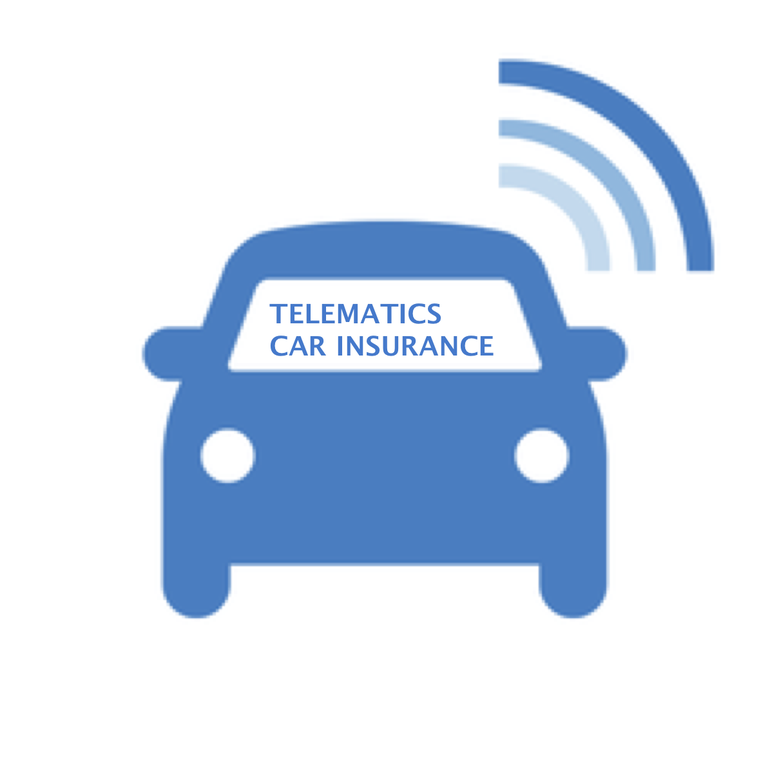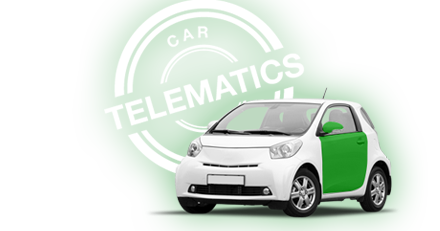UBI Telematics2017-11-14T21:23:29+03:00
Telematics is not only expanding its role as a connector of industry value chains, but also disrupting the insurance sector by fundamentally altering how risk is evaluated and premiums are set. In fact, as insurance companies leverage telematics insurance to get predictive real-time data, telematics is even challenging the traditional role of insurance as a passive participant in policy-holder outcomes by getting proactively involved in damage and loss prevention. The end result of these efforts are more accurate premiums and fewer payout events, both of which drive incremental margin for insurance companies.
WHAT IS TELEMATICS?
Telematics can be described as the collection, transmission and intelligent usage of data. From a high-level technical perspective, telematics collects data via sensors (e.g. on machines), sends it locally to a centralized hub and transmits it via Bluetooth or em- bedded cellular technology to a cloud platform. From there the data can be used to power a broad array of data-driven solutions.
THE ROLE OF TELEMATICS IN AUTOMOTIVE INSURANCE
For many policyholders, when they think of auto insurance, they immediately think of semi-annual or annual premiums that are initially set based on statistic rating factors like age, car category, etc. This means that a very responsible driver who only occasionally uses a car is effectively subsidizing a frequent driver of similar age who likes to impersonate a Formula One driver.
Acknowledging this flaw, and spotting an opportunity, insurance companies got the idea of using feedback from new telematics advancements to shift the application of this data from real-time monitoring to predictive analytics that could be used to set premiums based on usage (a.k.a. Usage Based Premiums). In its simplest incarnation, usage based premiums employ a ‘Pay As You Drive’ approach where telematics devices track miles driven and premiums are higher for drivers covering greater distances.
These basic approaches have quickly been supplemented to leverage the vast array of telematics technologies to incorporate how a person drives – the way they accelerate, corner and brake, for example – to derive a more complete picture of the type of driver behind the wheel. This data is then paired with algorithms to determine the odds the individual will get in an accident in the future, and premiums are set accordingly.
With recent AI advancements in facial and emotional recognition being incorporated into vehicle operating systems, one can even imagine a world where the emotional state we are in while driving – something that certainly impacts how we drive – will be incorporated into how much we pay for the right to be insured. In essence, mechanical and human data can be merged to provide a more complete picture of risk.
HIGH-LEVEL BENEFITS TO AUTO INSURANCE COMPANIES
In addition to benefiting society through a reduction in accidents, insurance companies benefit in a few important ways:
1. By pricing risk more accurately, insurance companies are better able to set premiums in adherence to their economic models and therefore generate more predictable financial profits.
2. The increased attention drivers give to how often and how aggressively they drive reduces the number of accidents, which ultimately reduces the number of payout events insurance companies need to cover.
3. By establishing a form of interactive dialogue with drivers via telematics models, insurance companies are able to cross-sell additional offerings.
POSITIVE IMPACTS ON SAFETY
Given the personal risk one assumes from reckless driving, one wouldn’t think individuals would need small financial incentives to drive more safely. But according to a recent survey of US-based drivers on ‘Pay As You Drive’ programs by insurance industry-supported IRC, 36 percent of respondents said they have made small changes in how they drive and 18 percent said they have made significant changes.
Fortunately, these security benefits should continue to mount as user-based insurance (UBI) programs continue to expand. Insurance companies have launched nearly 230 telematics programs worldwide, and UBI programs in the US and Italy now represent roughly 30% of new business among insurance companies that have made telematics a priority.
In addition to positively impacting the way humans operate their vehicles, telematics additionally enables vehicles to communicate directly with each other, opening the door to autonomous responses that can proactively prevent accidents from ever occurring.
From a geography perspective, it seems the US will likely become the leading UBI market in the world, followed closely by Europe and, in the near future, China and Russia.3 By 2020, nearly 100 million vehicles globally will be insured with telematics policies, a number that is projected to grow to nearly 50% of the world’s vehicles by 2030, generating a massive €250+ billion in premiums for insurers.
Telematics has the potential to serve as a catalyst for massive change in insurance markets across several industries.
Read more at http://www.infosysconsultinginsights.com/21st-century-insurance-powered-by-telematics/












